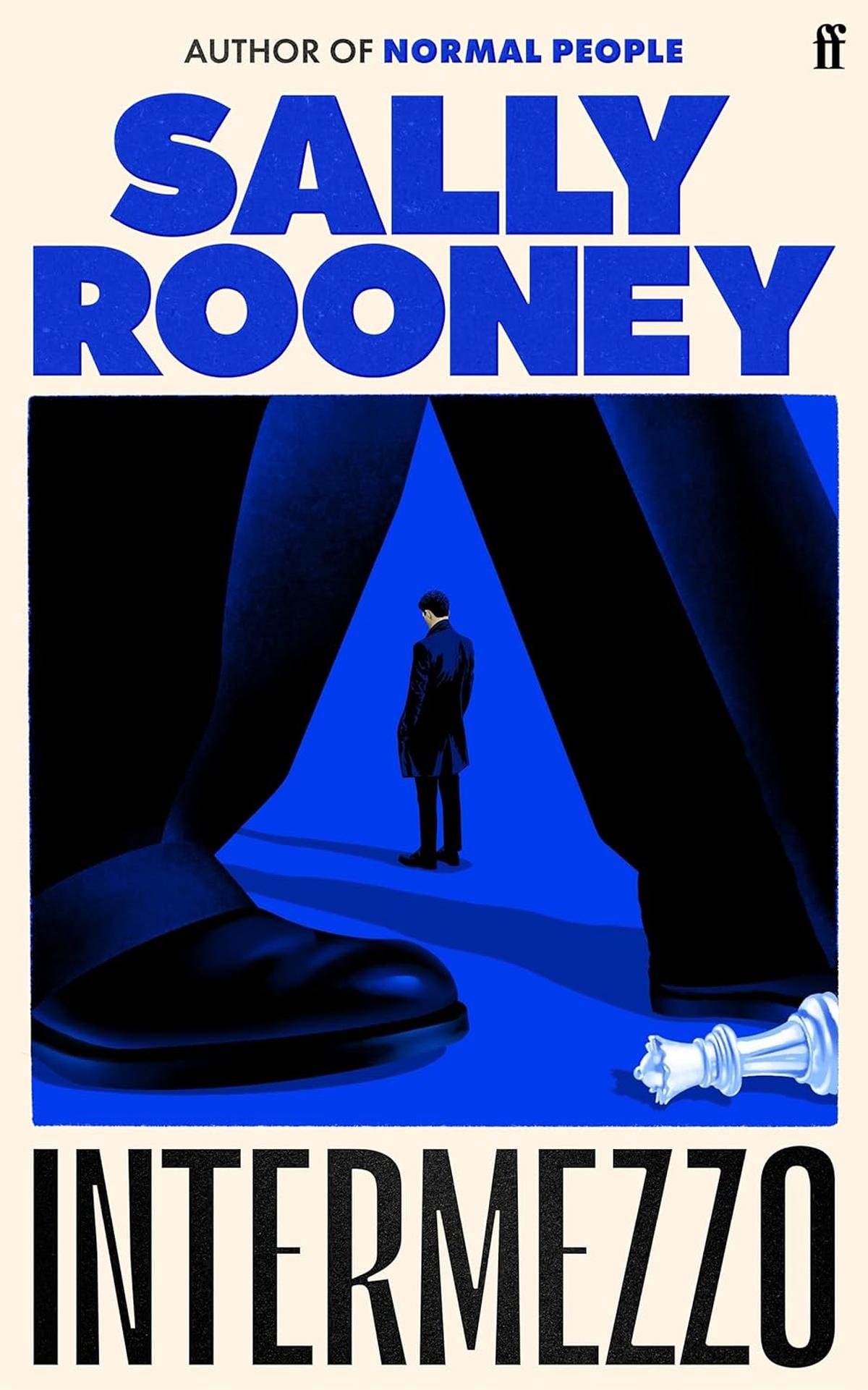
A still from the TV adaptation of Rooney’s novel ‘Normal People’, which was a huge hit in 2020. Will ‘Intermezzo’ follow suit?
Celebrity Irish writer Sally Rooney’s earlier works captured the complexities and angst that define modern-day romance. Her latest novel, Intermezzo, goes a step further by exploring the ups and downs of familial ties. If you’re a Rooney fan, her trademark themes find their way here too: the power dynamics in relationships, Marxist ideas, millennial anxieties, a forensic examination of emotions, and the journey of sexual awakening. However, Intermezzo is by far her best effort in etching out characters and making us feel like we really know them.
At the beginning of the novel, we are introduced to Peter Koubek, an “ambitious” human rights lawyer, and Ivan, his “completely oddball” brother and competitive chess player, at their father’s funeral. Though they had been anticipating his death for a long time, the Koubek brothers, who are 10 years apart, are devastated by this loss.

To cope with his grief, Peter smokes up and pops pills. He dates a much younger woman, a “borderline sex worker” called Naomi, while being in love with his ex-girlfriend and best friend, Sylvia. Though he pines for Sylvia, Peter realises unhappily that “the brute force of his appetite had to confront eventually the fact of her living body” — Sylvia struggles with chronic pain following a car accident, which leaves her incapable of having sex. He accepts, too, that he is also falling in love with the carefree Naomi. In inimitable Rooney style, the lines between dating, romance, and friendship are blurred in Peter’s life and he seems to revel in this no man’s land.
Experimental format
Ivan is Peter’s antithesis. He is thoughtful and curious. Ivan is already frustrated that his chess career is going downhill, so his misery only grows after his father’s death. Further, his “neutral” feelings towards his brother slowly become “negative, even approaching enmity”. During this period of emotional turmoil, he finds solace in a significantly older and lonely woman, Margaret.
Rooney, 33, has often been called the voice of millennials. It is a tag she dislikes, but it is easy to understand why it sticks. In the chapters told from a depressive Peter’s point of view, she chooses clipped prose (it is hard to imagine a Gen X author write this way): “Train rattling over the coast. Dark sea torn by brittle white breakers, gulls floating black against grey sky. Every option exhausted. Nowhere left to hide from himself… Unwelcome, unwanted everywhere, unloved.” His mind is a chaotic place to inhabit, full of disconnected thoughts, conversations and observations, especially since Rooney is loath to using quotation marks or breaking up paras. This audacious experimentation with format tends sometimes to stall the narrative.

Author Sally Rooney
| Photo Credit:
Getty Images
Morality and Marxism
Ivan’s chapters are more structured to suit his extreme eloquence. With him, Rooney sticks to doing what she does best — writing tenderly about the sparks in a new relationship, and engagingly, about how a young guy wrestles with moral quandaries and Marxist questions. “Food shortages, it is a real thing,” he tells Margaret. “And then you have these tech companies paying me to make a graph. Why? It comes from the wrong distribution of resources.”
Intermezzo — a kind of chess move or a short piece of music — is a slow burn. In parts, it simply sparkles, establishing Rooney as a master writer of love, loneliness, and loss. But it also feels self-indulgent and long, especially if you are a reader who does not wish to swim endlessly in a tide of emotions. Surprisingly, this time, the women, particularly Sylvia and Naomi, feel underwritten compared to the men, who are much more complex and endearingly vulnerable. Though a book full of sadness, Rooney chooses to end it on an improbably happy note. Intermezzo is undoubtedly a part of the Rooney-verse. But it is bolder, more mature, and more unrestrained than anything she has written before.
Intermezzo
Sally Rooney
Faber & Faber
₹699
Published – September 25, 2024 04:20 pm IST
#millennials #mind #Review #Intermezzo #Sally #Rooney
